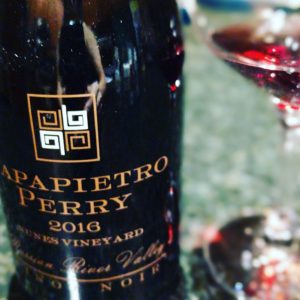While Americans heralded their historic founding on July 4th, the Portuguese celebrated similarly on June 10th — Portugal Day, which commemorates Portugal’s history and culture. The country’s poet, Luís de Camões, who died on June 10, 1580, was highly regarded for his epic poem praising and recording the accomplishments of the Portuguese Empire, and is now forever linked to this holiday.
Although Portugal Day is generally only observed in Portugal, this year, two wonderful wine events provided a great way to hail Portugal’s vinous culture: Esporão Day and a luncheon featuring wines from Vinho Verde’s Monção e Melgaço subregion. And, after tasting through glass after glass, it is evident that Portugal has reason to rejoice these days!
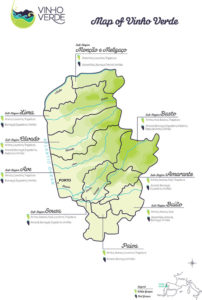
Situated in Portugal’s northwest corner, abutting Spain, the Vinho Verde region is one of the oldest in the country. This wine growing area was demarcated in 1908 and is dominated by a maritime climate thanks to its proximity to the Atlantic Ocean. While many people are more familiar with Vinho Verde as a whole, the recent lunch provided a more in-depth look at one of Vinho Verde’s subregions: Monção e Melgaço.
Of the nine subregions, Monção e Melgaço has garnered one of the top reputations for its wine and features a unique microclimate due to its location at the northernmost point of the Vinho Verde region. Here, because the mountain chain cuts off access to the ocean, there is less marine influence, resulting in hotter and drier summers than in the other subregions. Monção e Melgaço also boasts granitic soils that further influence the wines.
Although several grape varieties are grown in Monção e Melgaço, it is most prized for its Alvarinho (grown and known in Spain as Albarino). The variety was thought to have been introduced to Vinho Verde by the Cluny monks in the 12th century and has become one of Portugal’s highly respected white grapes.
There were three producers represented at the lunch: the family-owned winery, Soalheiro; Provam, which was established in 1992 by 10 winegrowers; and Adega Cooperativa e Regional de Moncao, which is 60 years old. As we tasted through a selection of their wines, we had the opportunity to explore their quality and caliber.
Overall, they possess more structure and complexity compared with more generic Vinho Verde wines. And, in fact, the consortium and producers confirmed that the trend has been to craft wines with more body, structure and complexity. To this end, some of the producers are utilizing barrel fermentation, oak aging and/or batonnage (lees stirring) in pursuit of adding depth and structure.
TASTING NOTES
The Adega Cooperativa Alvarinho Deu La Deu 2018 is a fresh and fruit-forward wine with vibrant acidity and lots of citrus notes. It was a great aperitif to accompany the passed appetizers: shrimp ceviche and cucumber and lettuce cups and poached salmon and capers.
Once seated, we were served a beautiful dish of scallops and spring greens garnished with beet and pomegranate. This was paired with the Adega Cooperativa Alvarinho Deu La Deu Reserva 2015, which offered up lovely freshness, aromas of apricot and pear, with a rich and round, medium+-bodied palate, culminating in long length. In addition, the Soalheiro Alvarinho 2018 provided a classic style with tropical fruit, nice depth and concentration, with flavors of pear, spice and apricot.
The main course of grilled octopus, marinated tomatoes, pickled onions and herbs was outstanding and a terrific match for the two wines. First up was the Soalheiro Primeiras Vinhas 2018, which was one of the first wines produced by this company. They age 15% of the wine in oak for added roundness. It displayed bright acidity, with slight tropical fruit and tangerine notes, along with medium body and long length. It was rounder and more food friendly than the other Soalheiro wine.
Next, we tasted the Provam Portal do Fidalgo 25 Anos Reserva 2015, which is made from old vines and had been fermented and aged in oak. The resulting wine showed lovely oak and honey on the nose, with medium+ acidity, a fuller body, very integrated oak and slight citrus notes on the dry palate, along with long length.
Finally, a dessert of pound cake, strawberries and a yuzu-lemon jam delighted the palate, served alongside the Provam Vinha Antiga Reserva 2017, with its fresh, bright acidity, citrus, apricot and minerality, with medium body and long length. It was an unexpected, yet perfect, pairing.

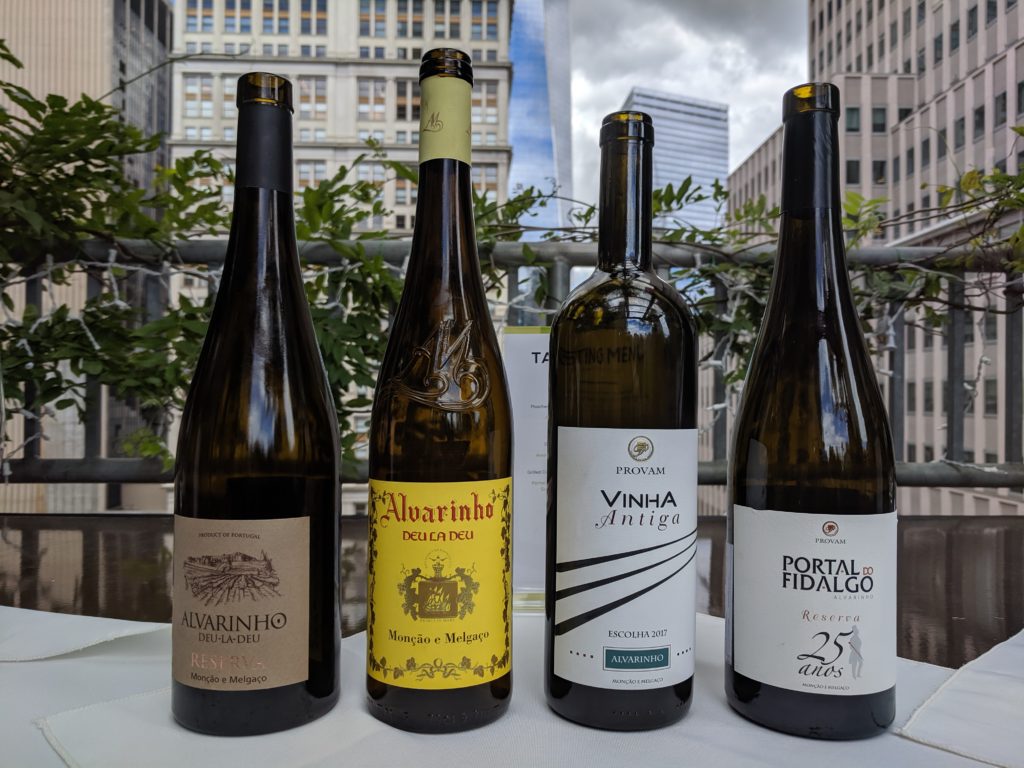

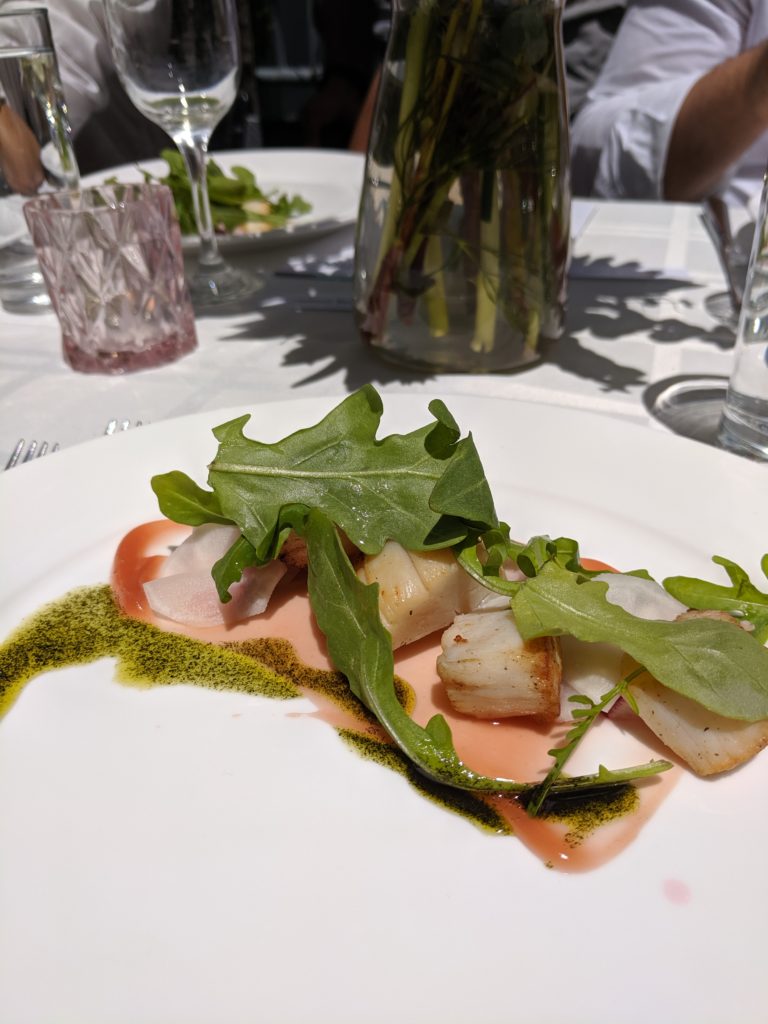

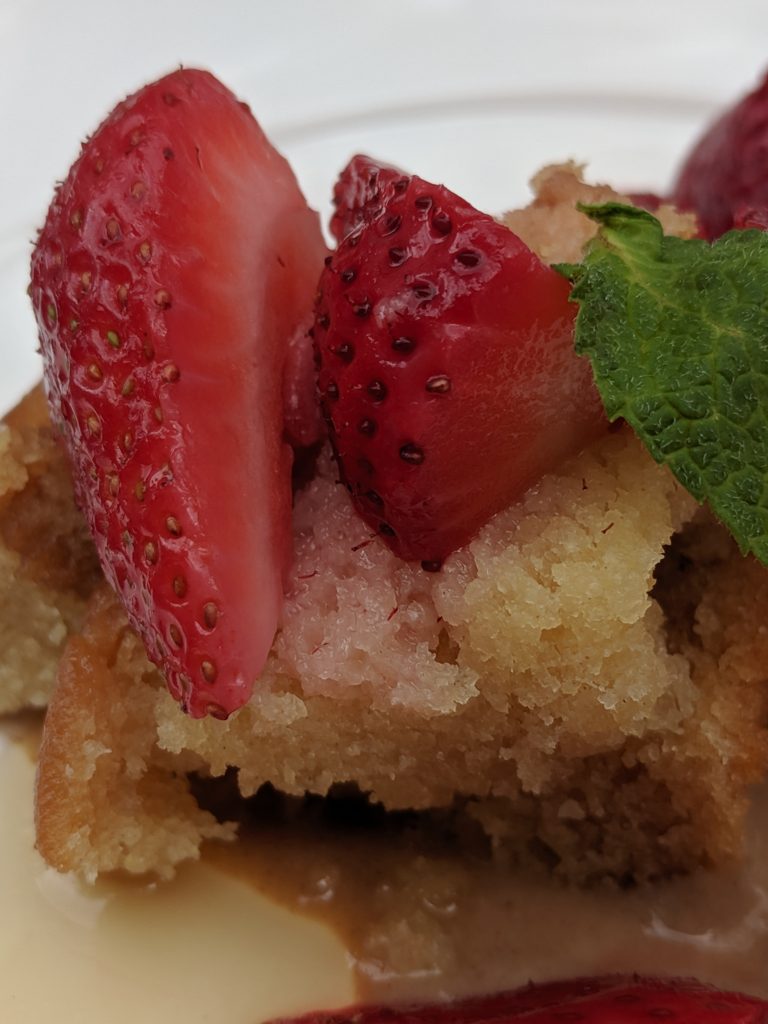

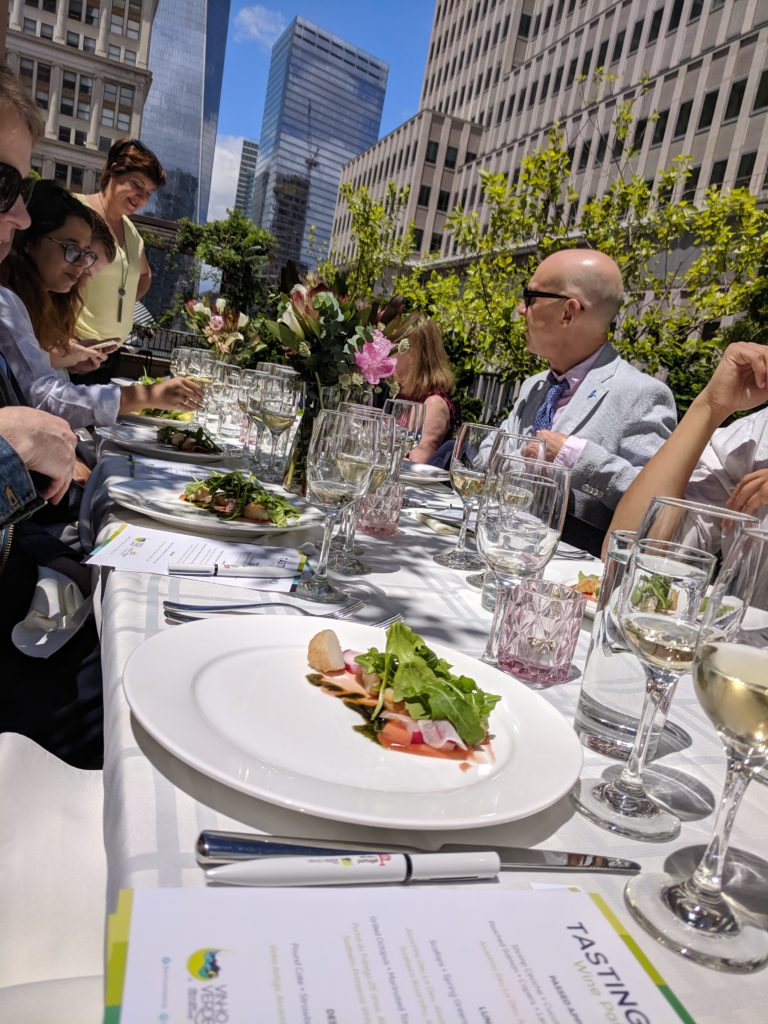
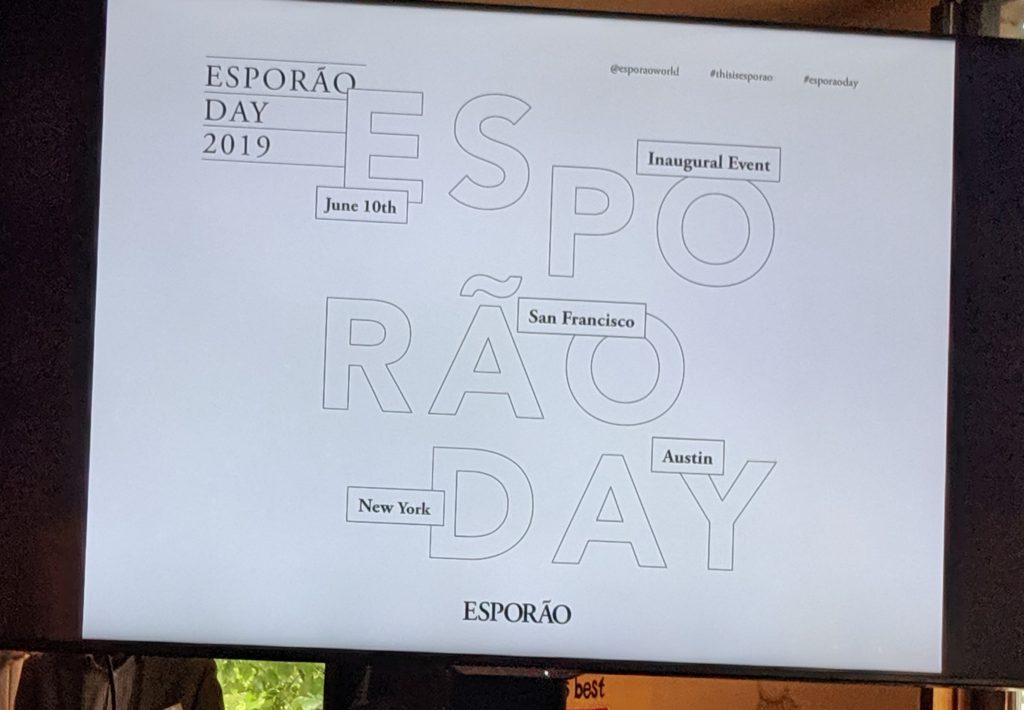

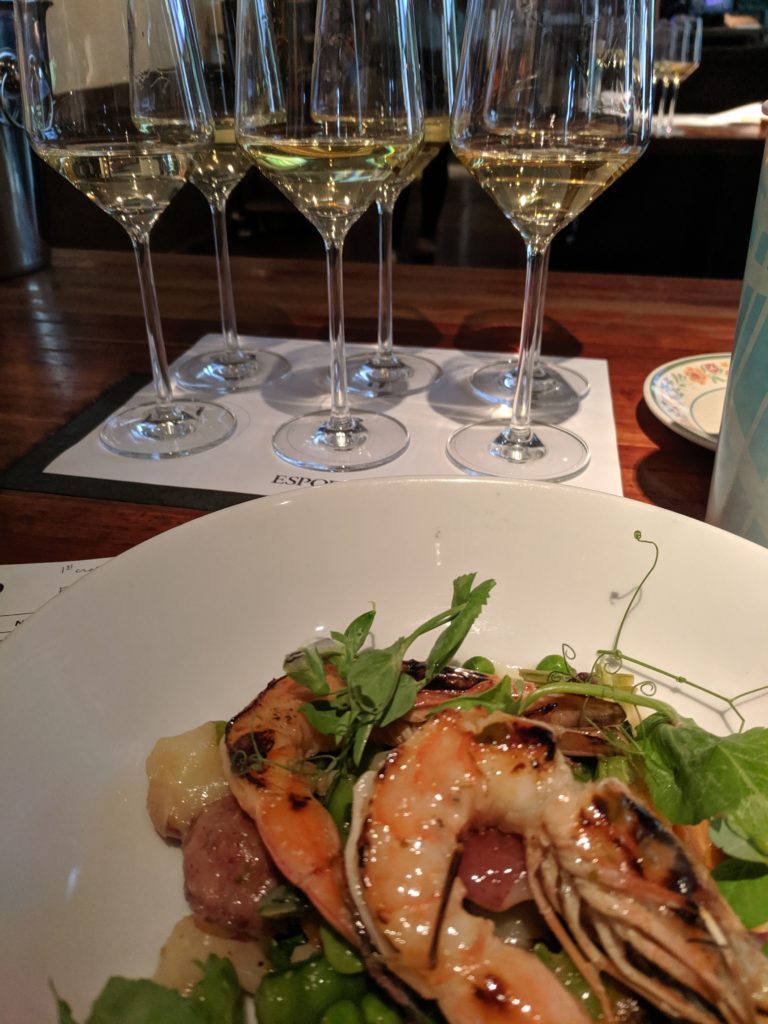
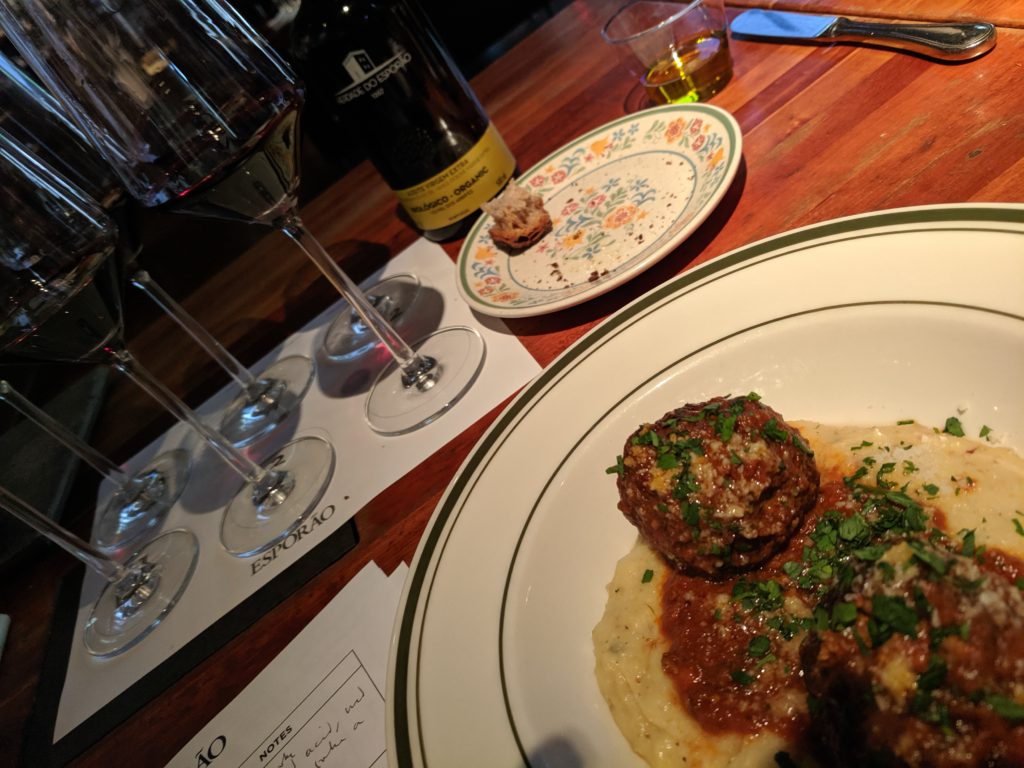
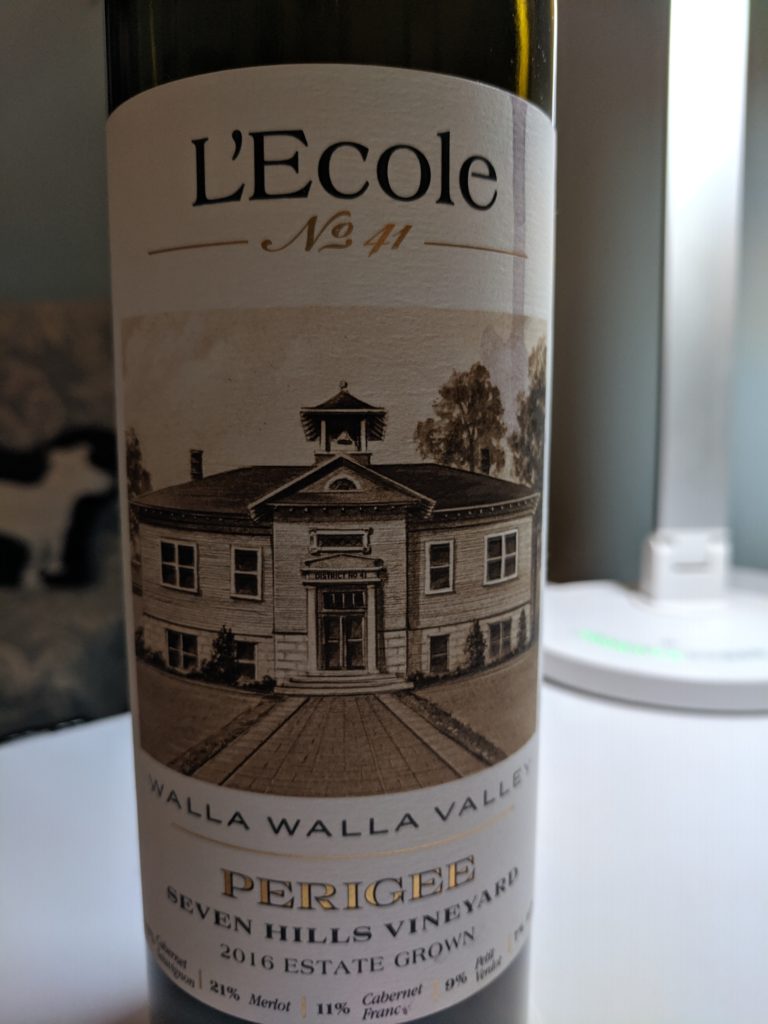
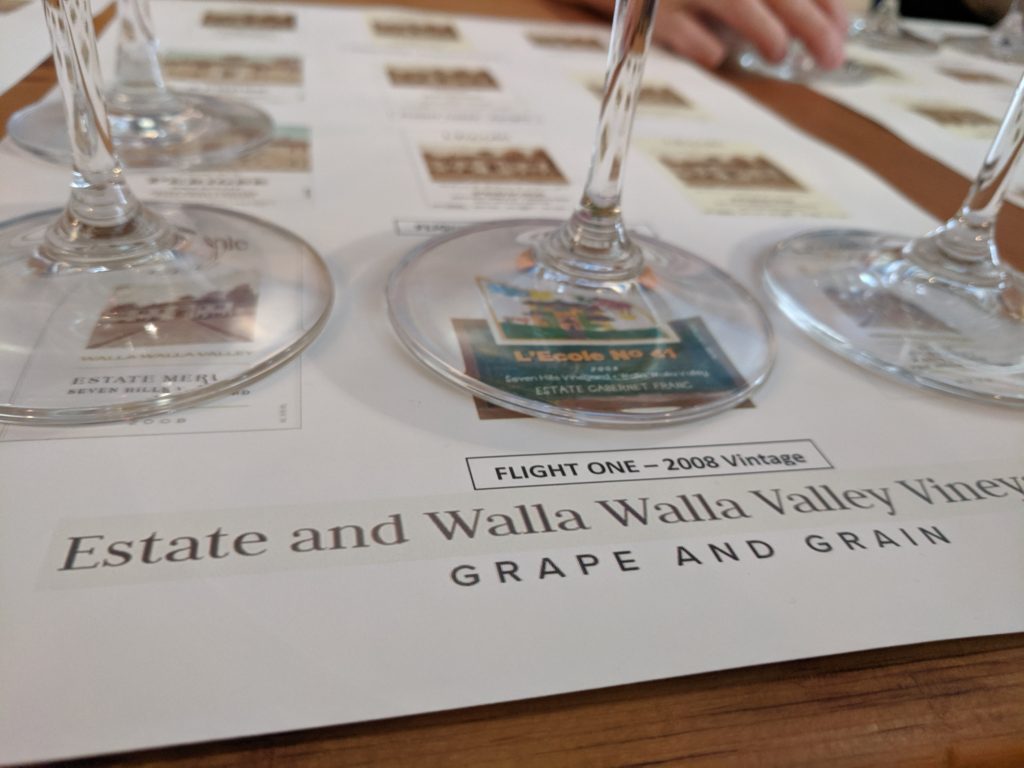
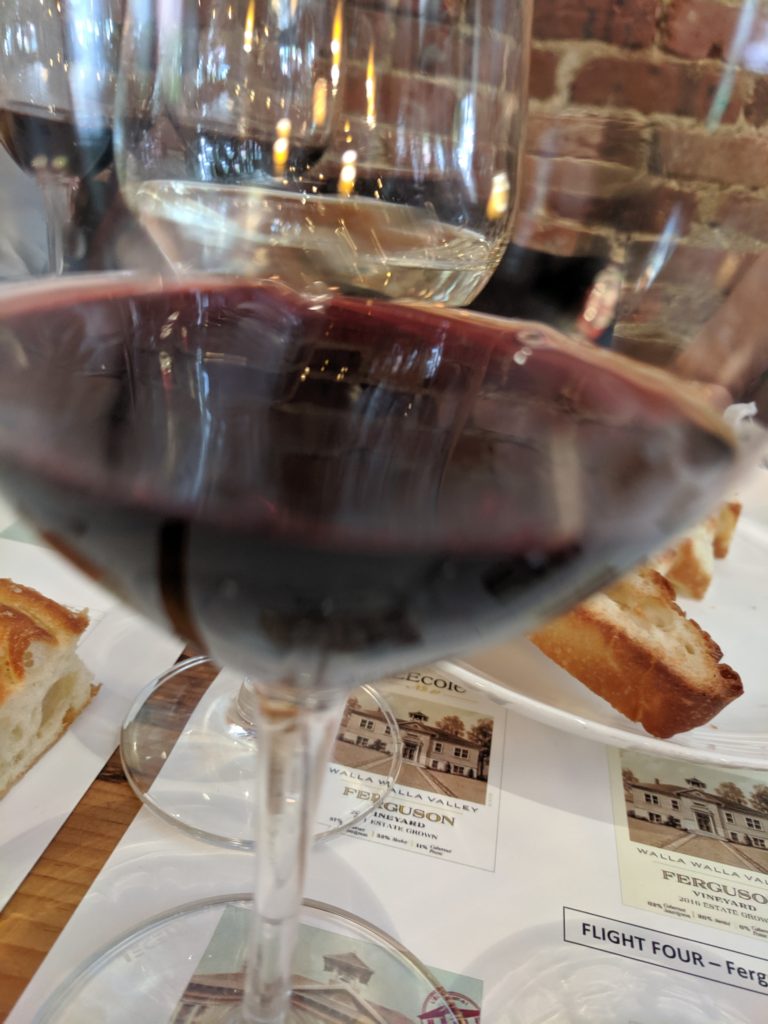
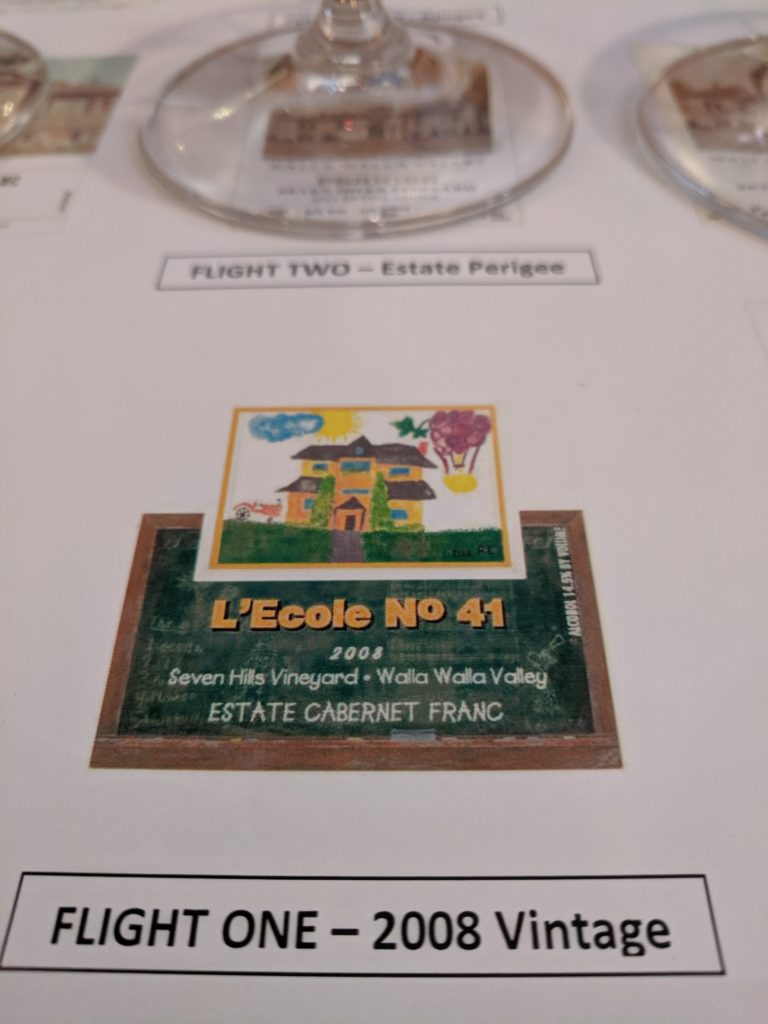
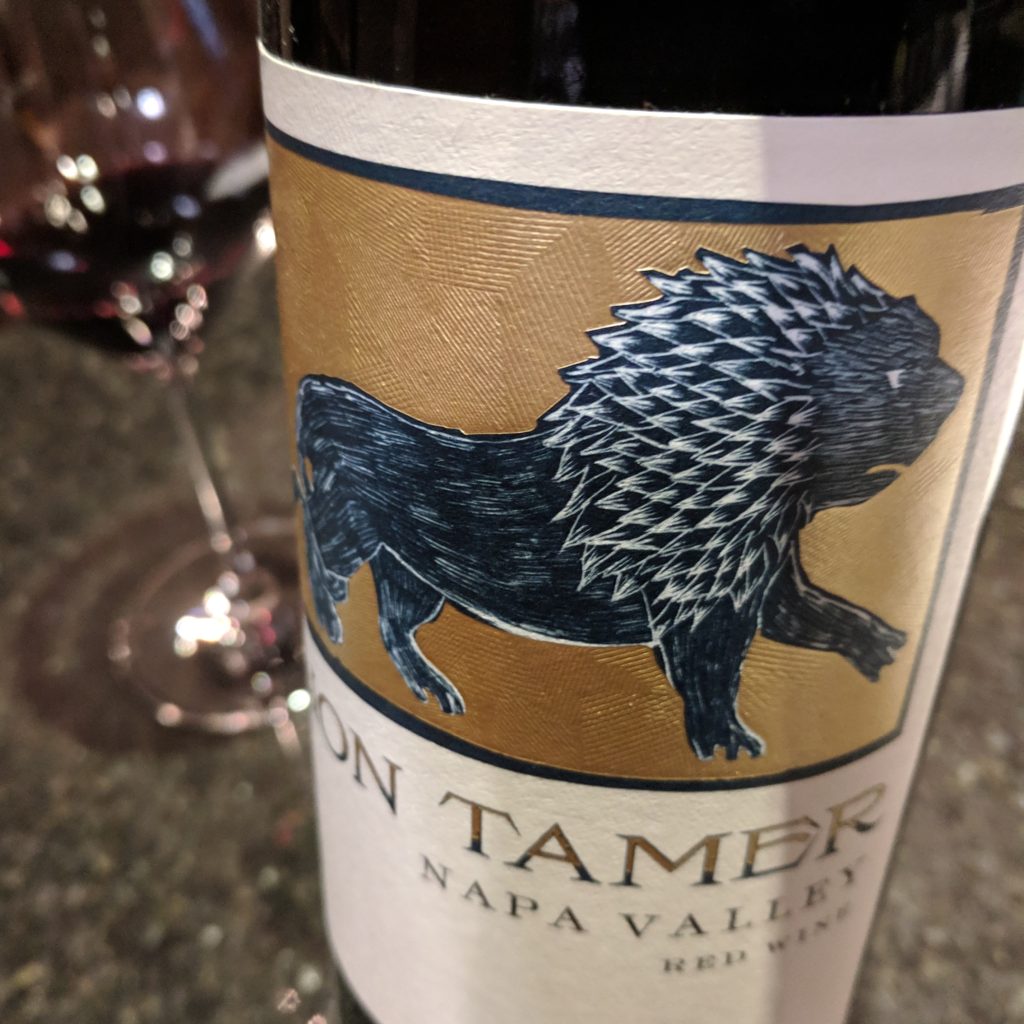
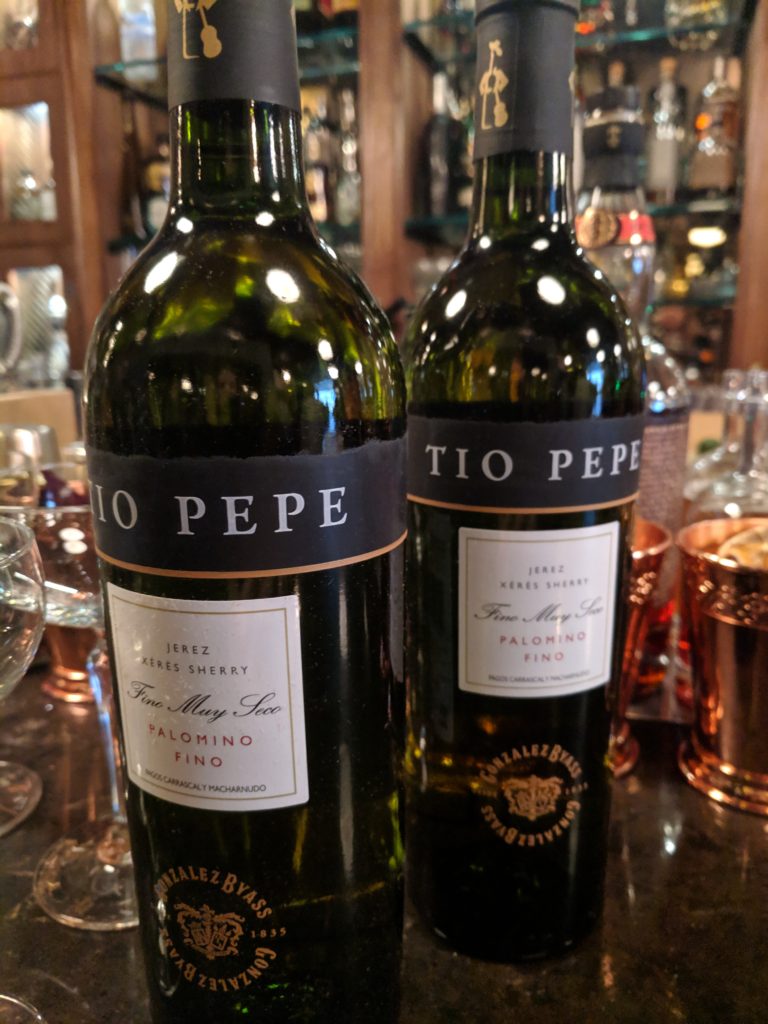
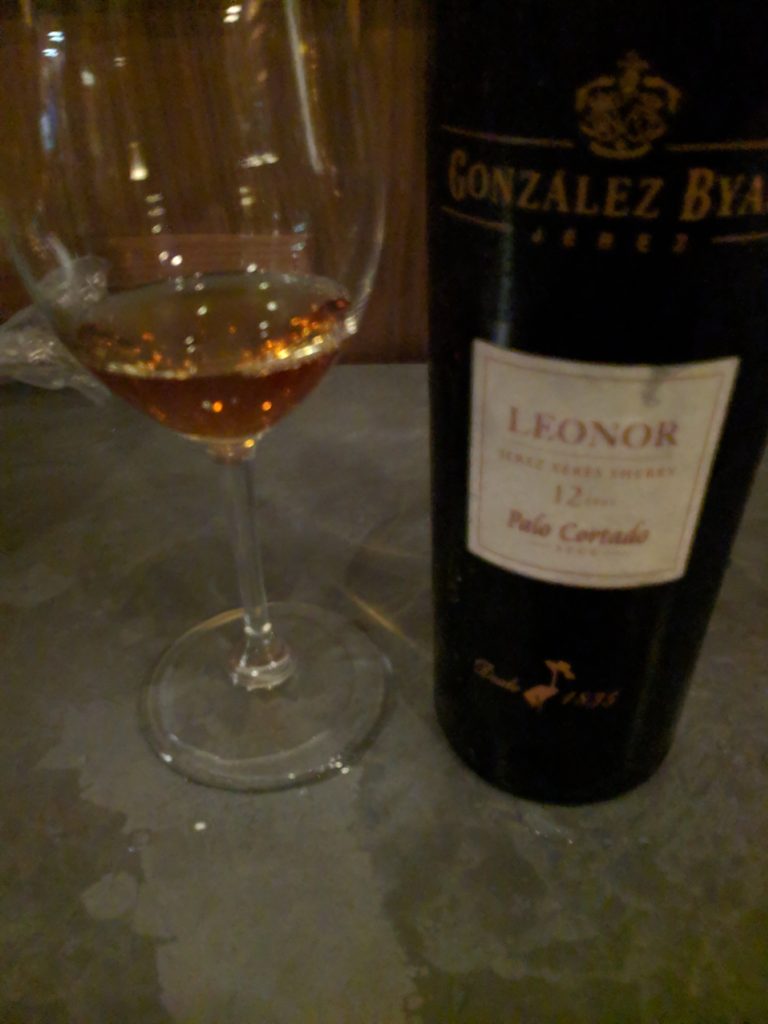
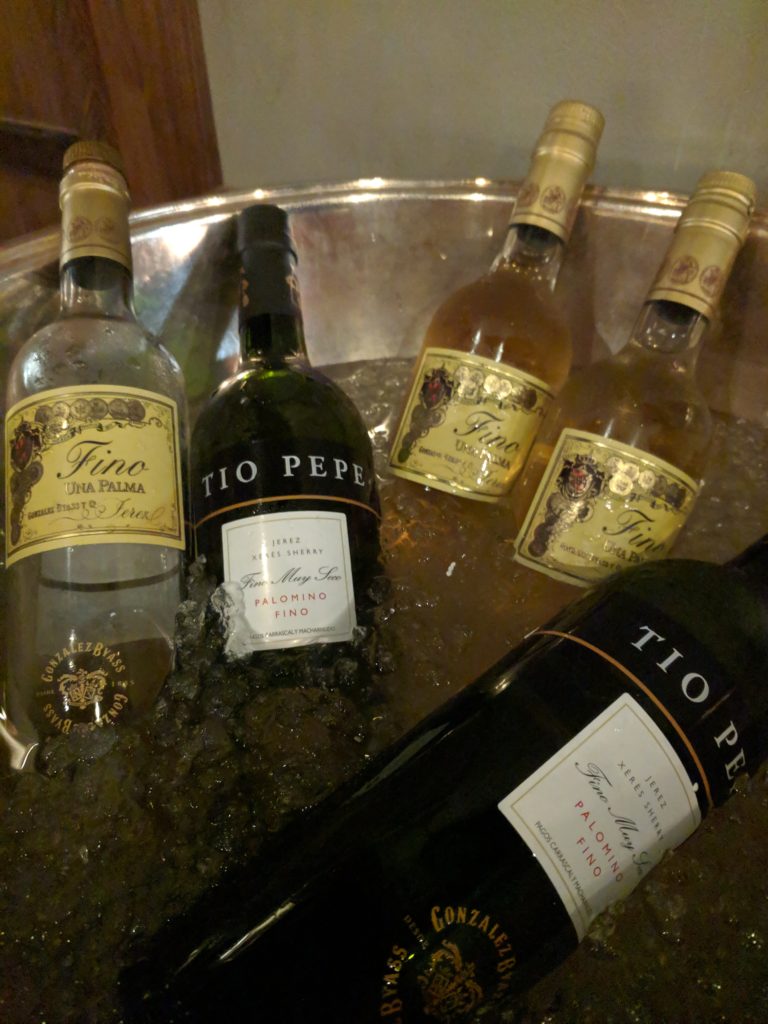
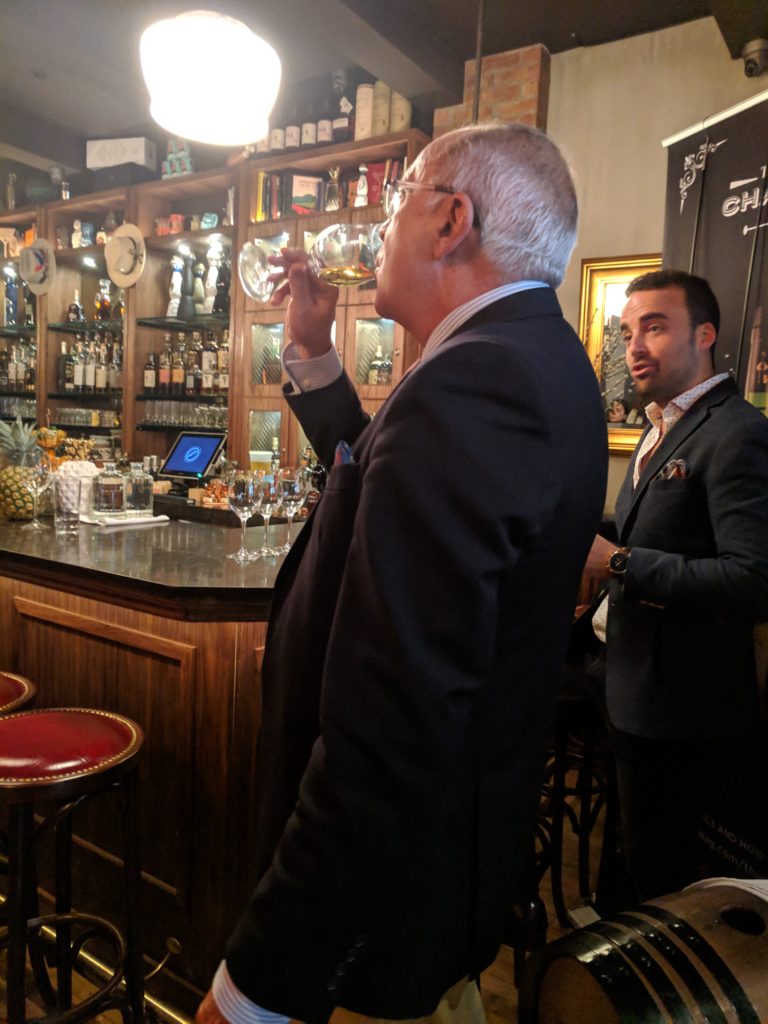
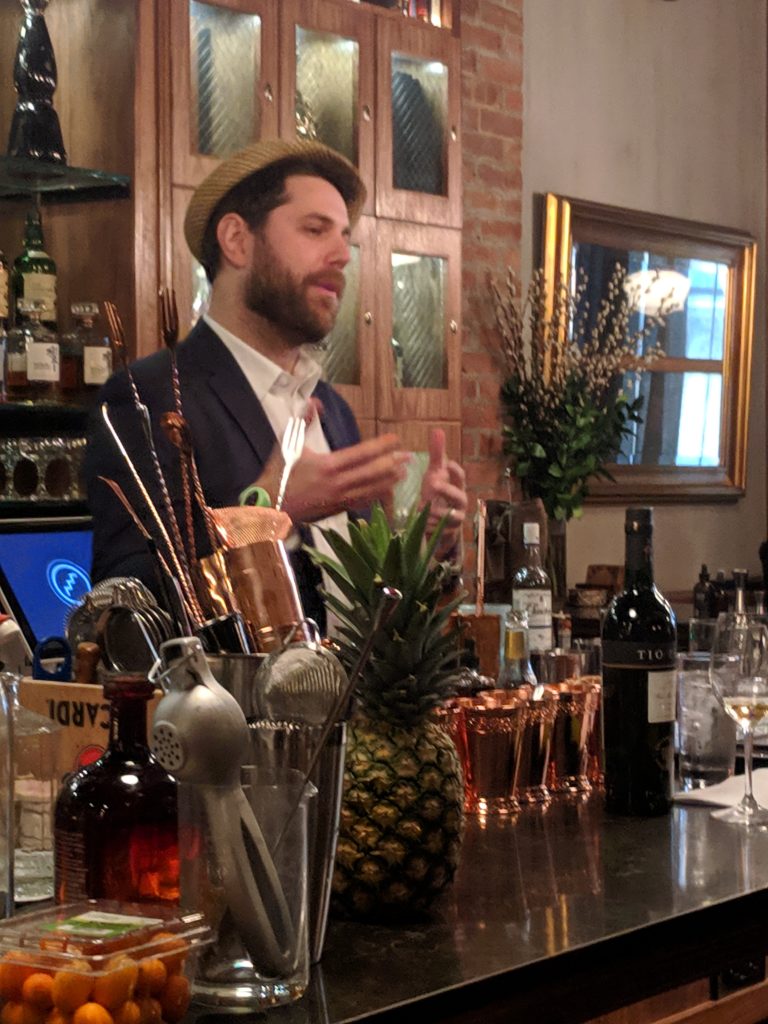
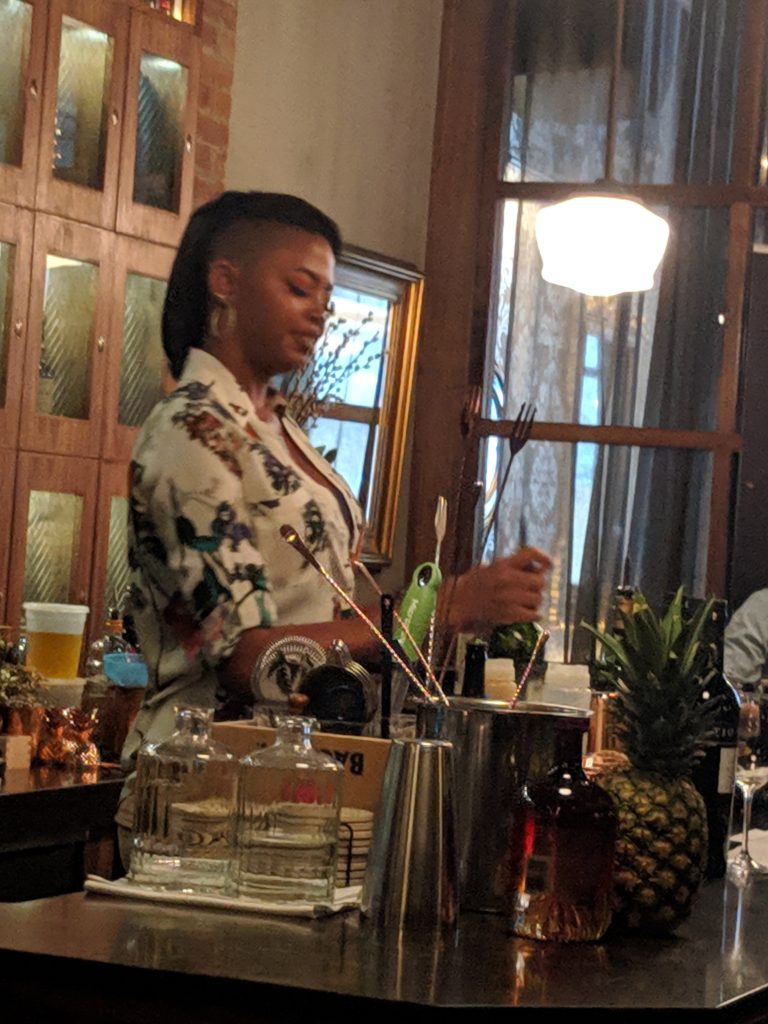

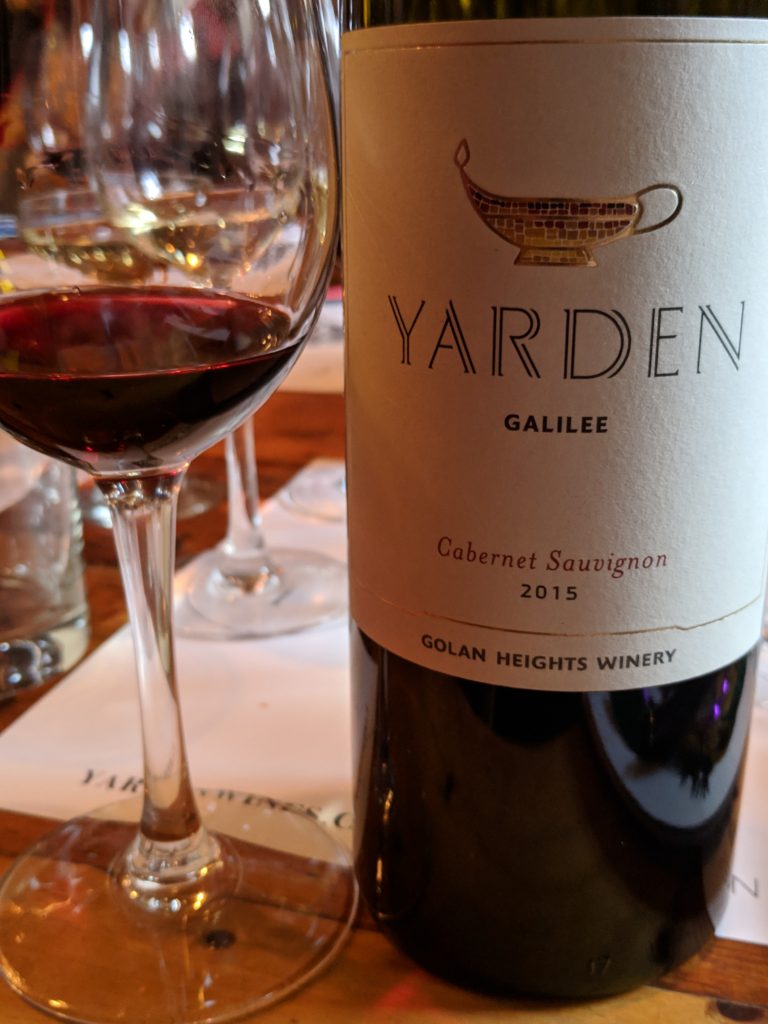
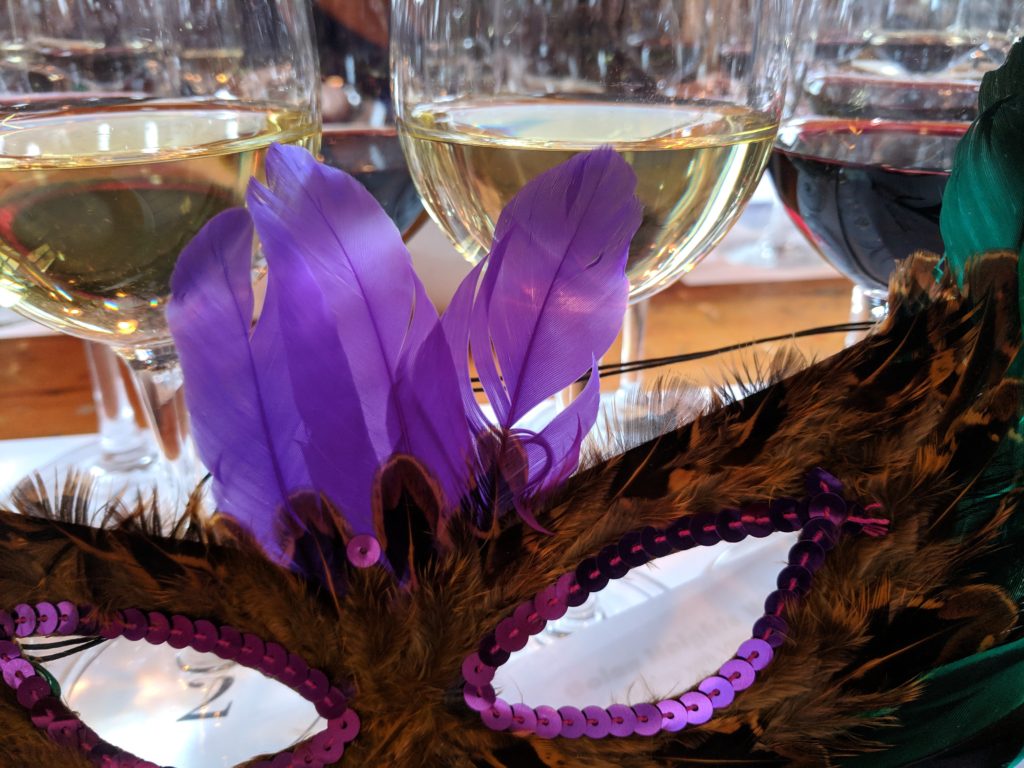
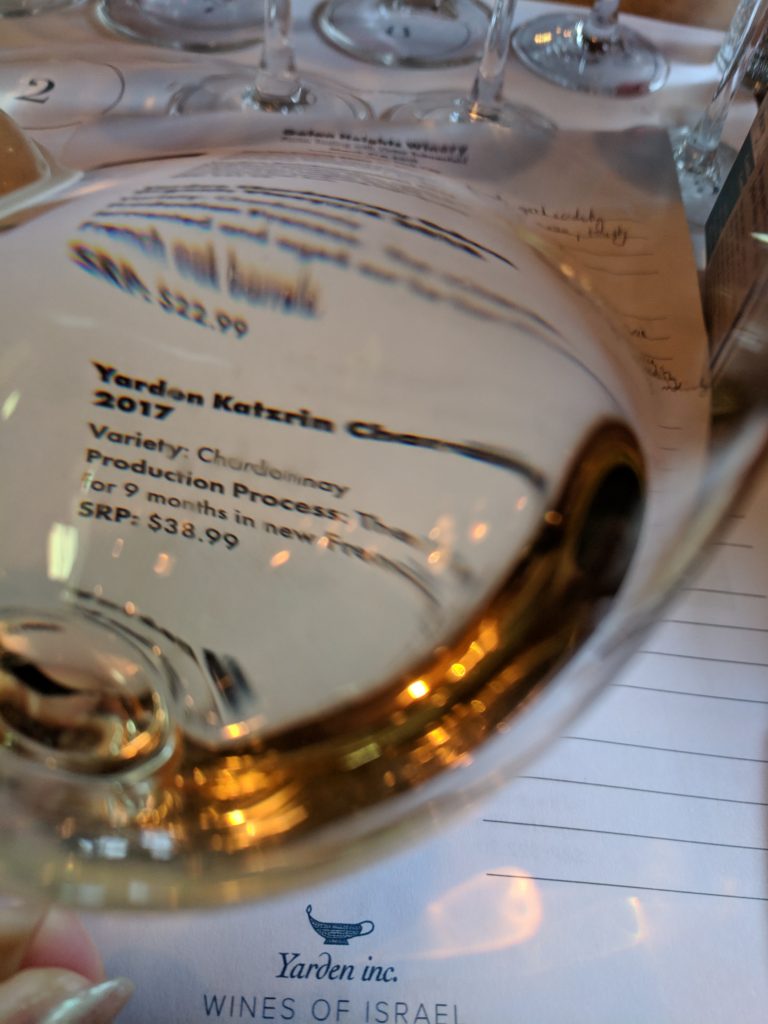
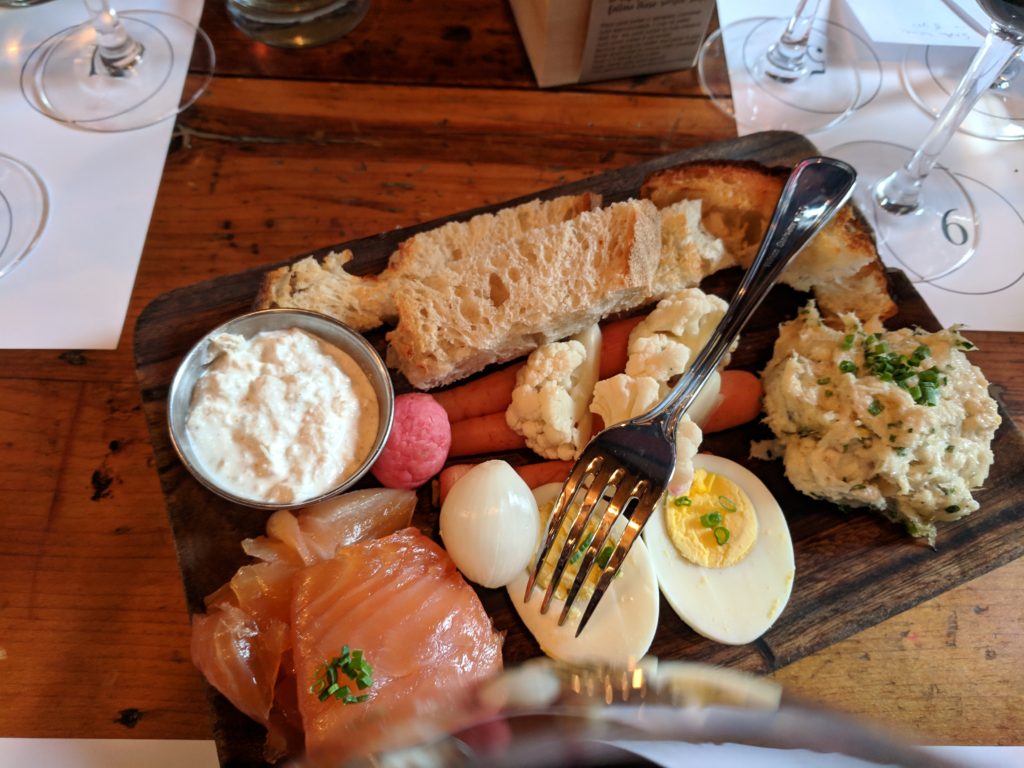
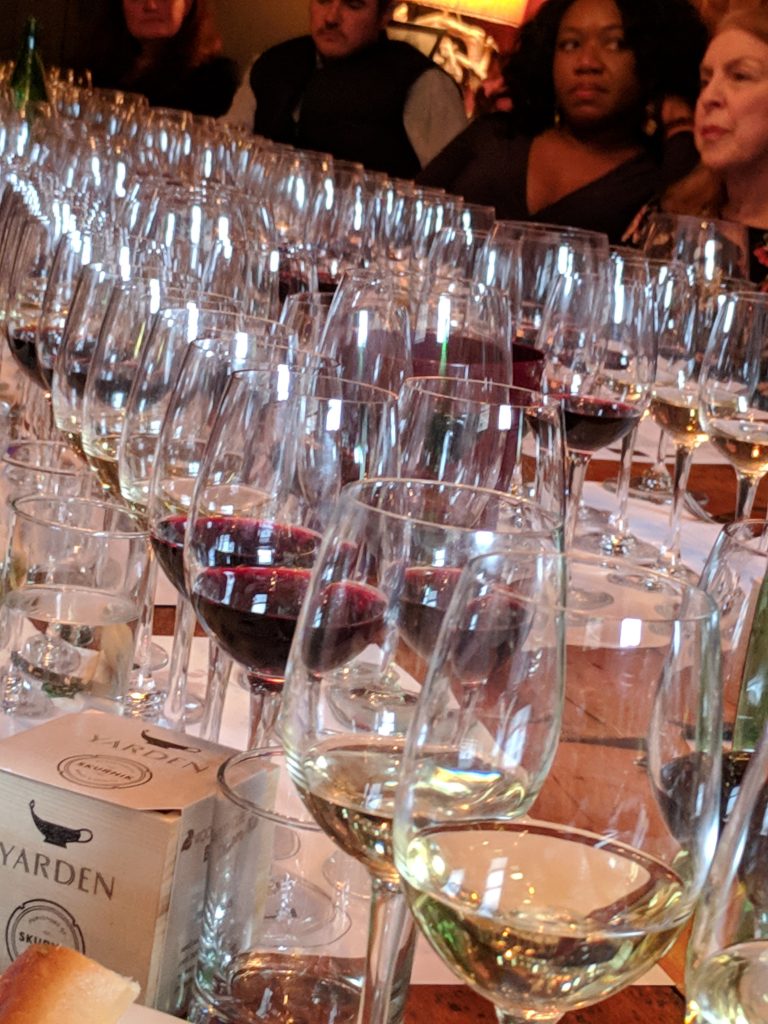


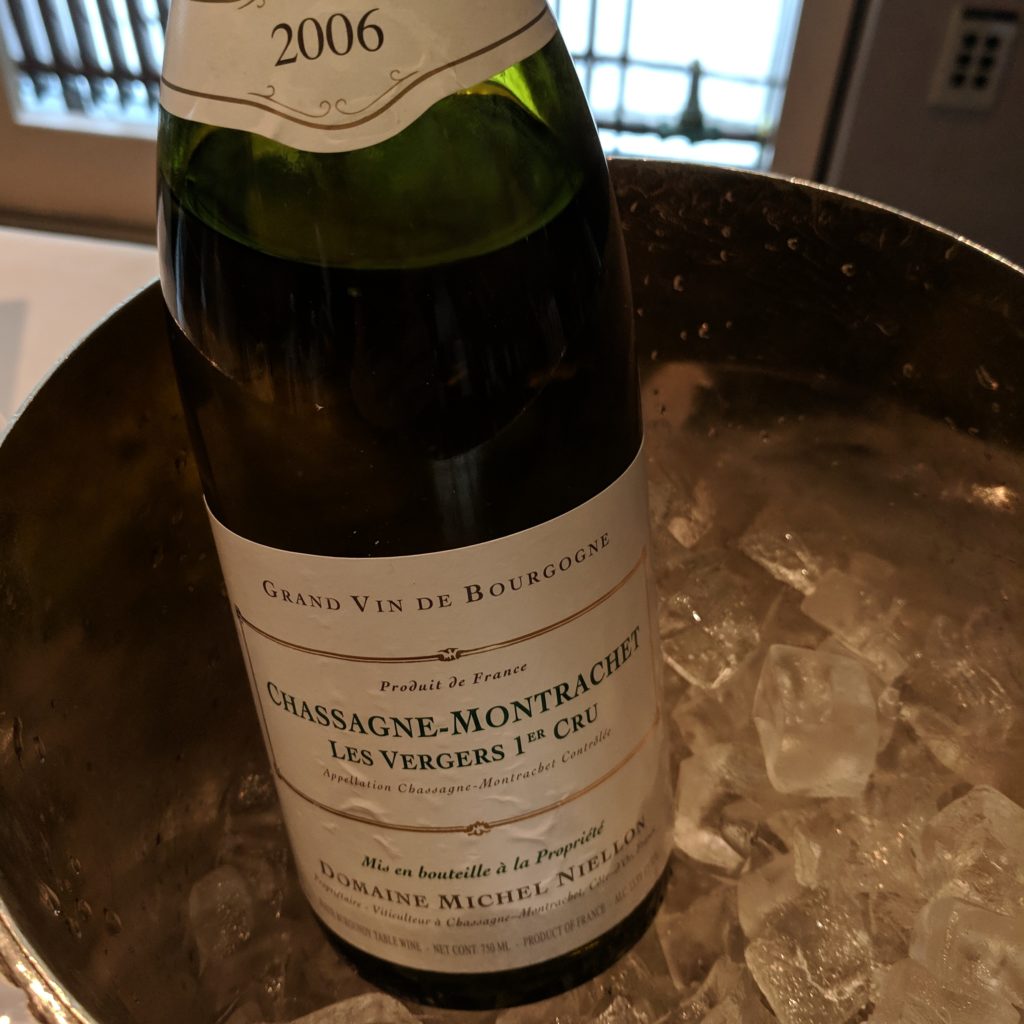
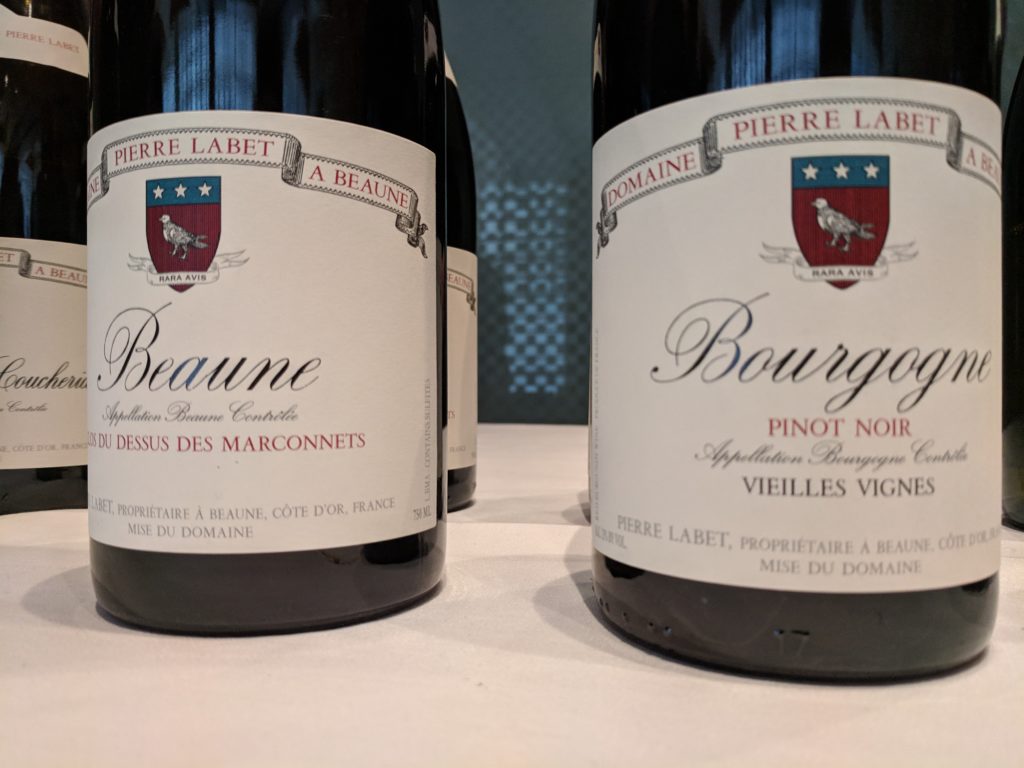

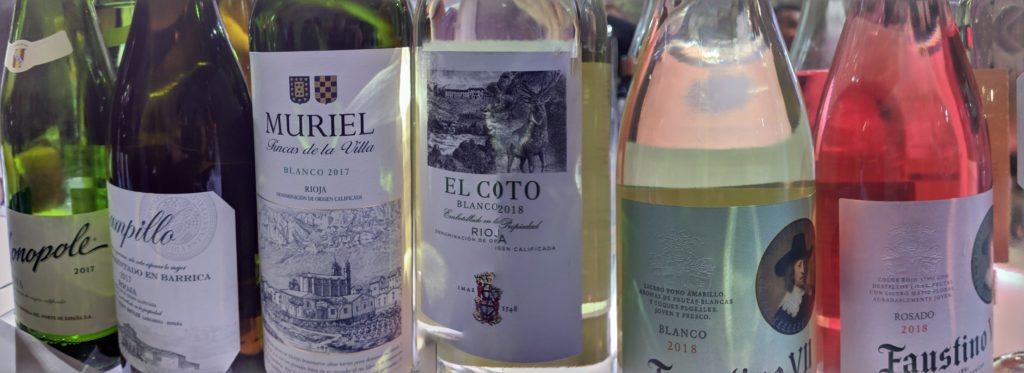
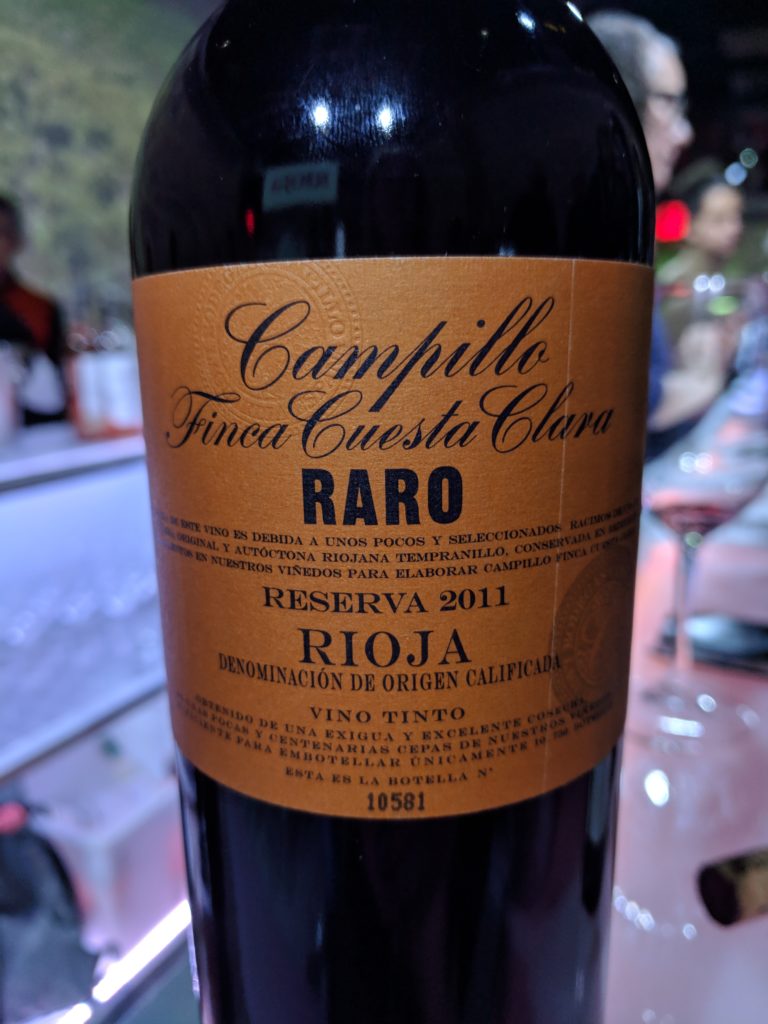

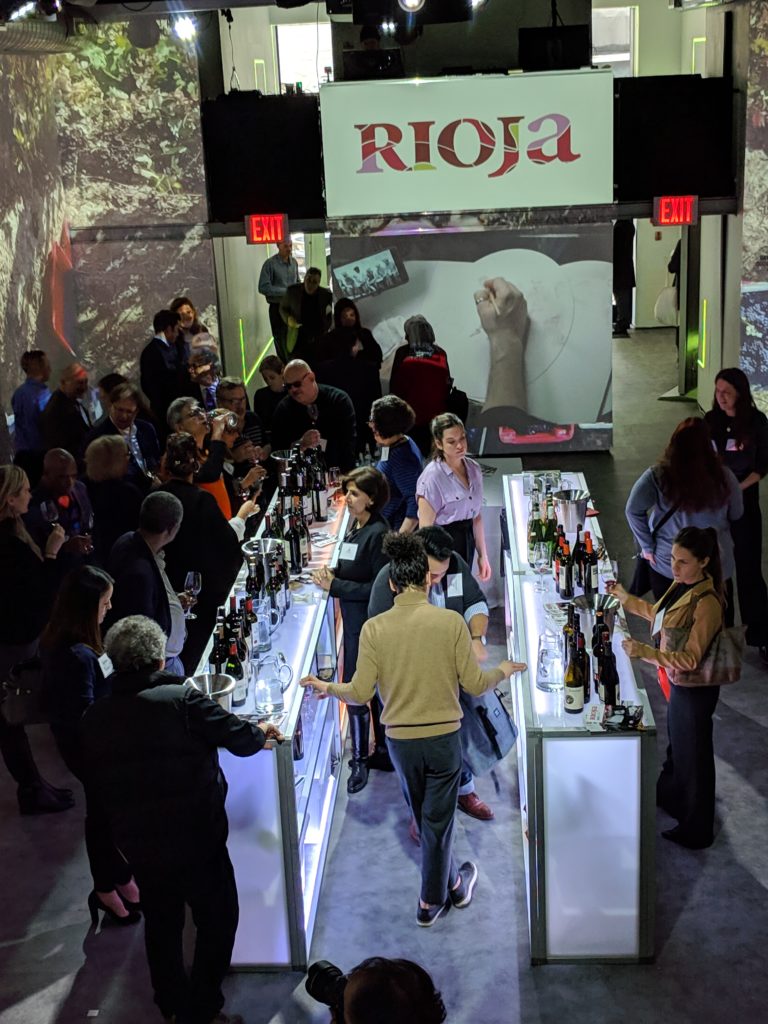
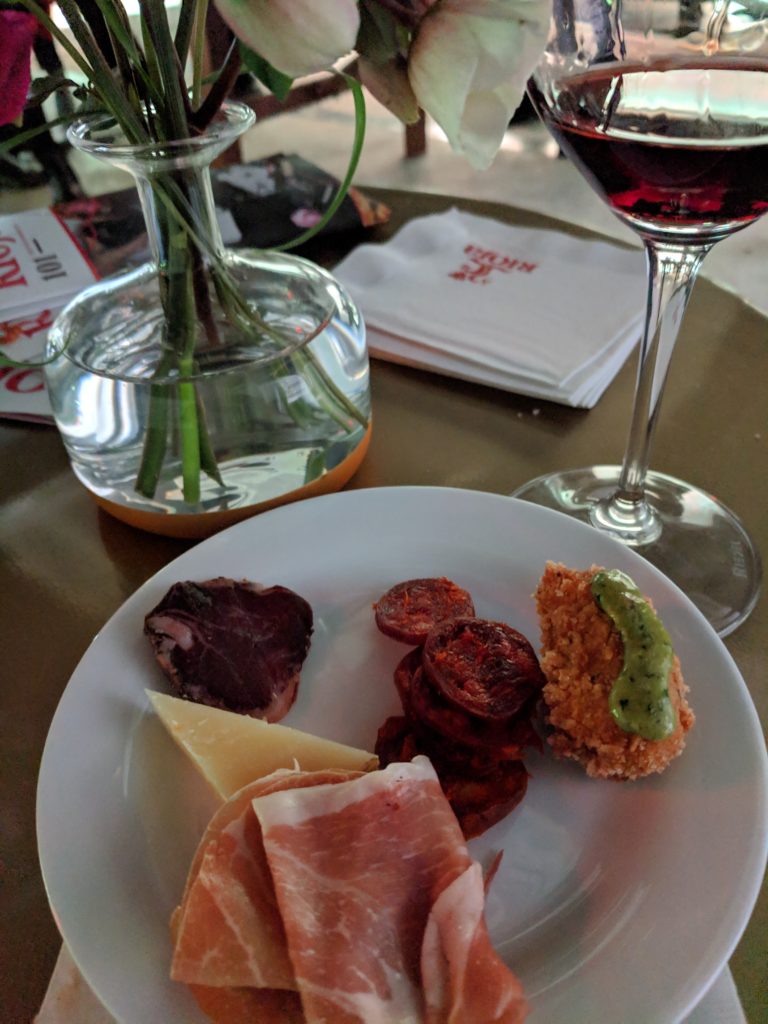
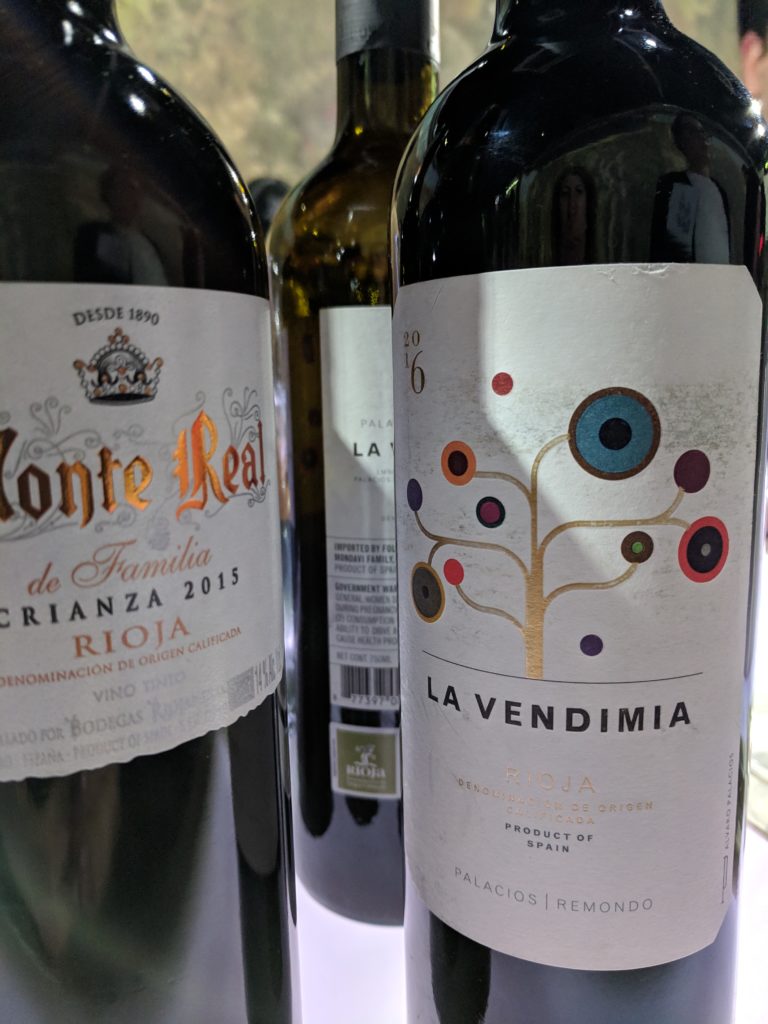

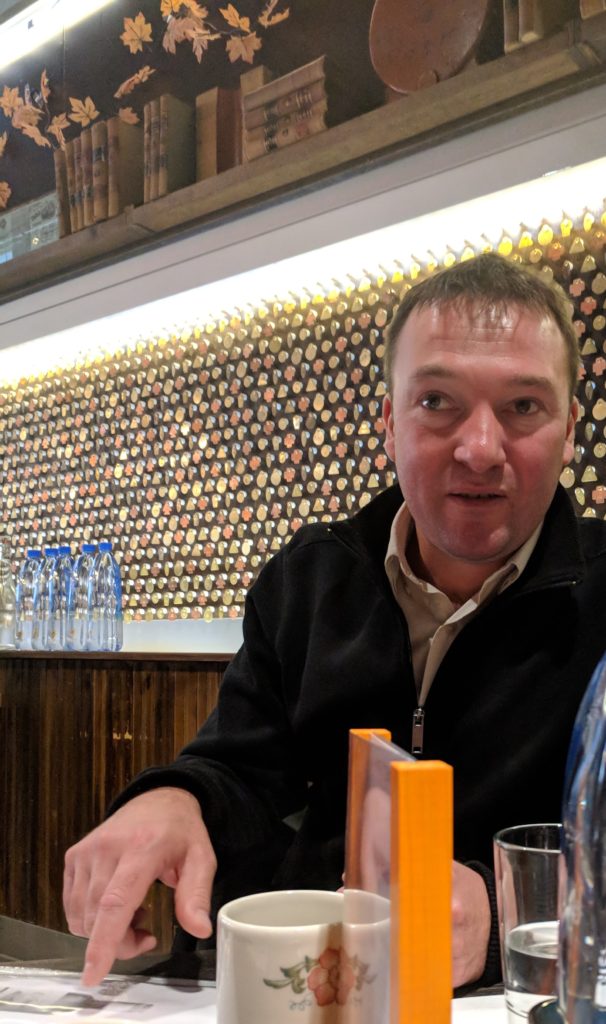 Born, raised and educated in Burgundy, Thibaut Delmotte launched his wine career doing three harvests each in Burgundy and Bordeaux before taking a year off to travel throughout South America. He booked an open ticket, headed to Buenos Aires and visited Argentina, Chile and Brazil, eventually finding himself somewhat settled in Salta teaching French at the local Alliance Française.
Born, raised and educated in Burgundy, Thibaut Delmotte launched his wine career doing three harvests each in Burgundy and Bordeaux before taking a year off to travel throughout South America. He booked an open ticket, headed to Buenos Aires and visited Argentina, Chile and Brazil, eventually finding himself somewhat settled in Salta teaching French at the local Alliance Française.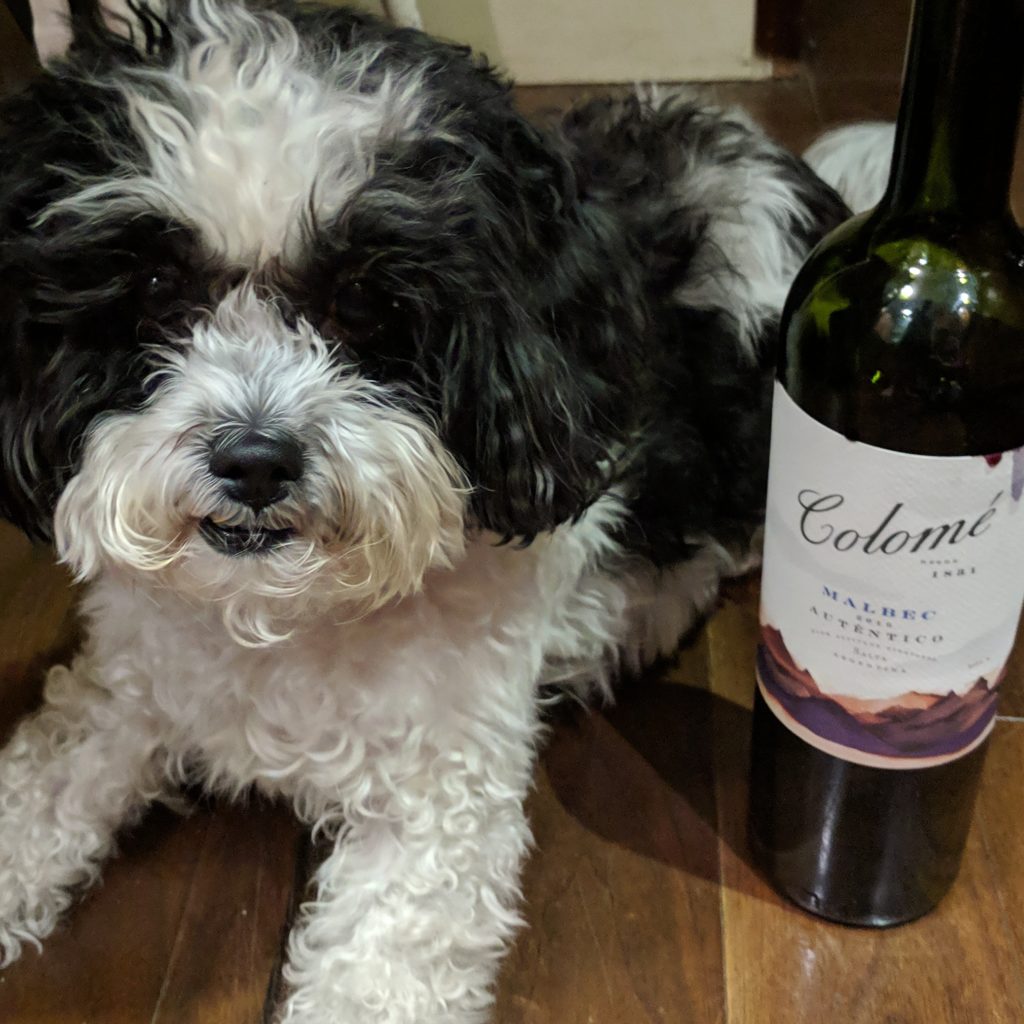 Colome Autentico 2017, Salta, Argentina, $on-premise only
Colome Autentico 2017, Salta, Argentina, $on-premise only